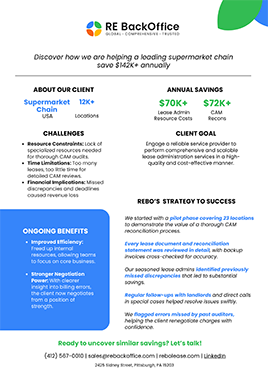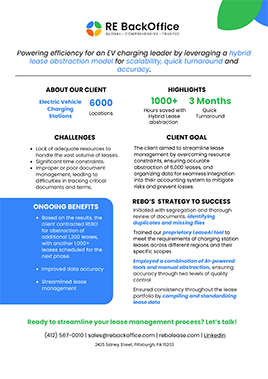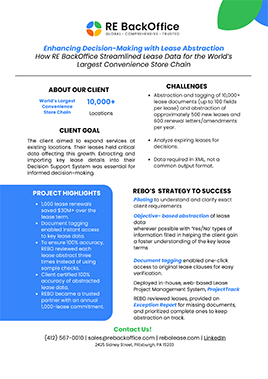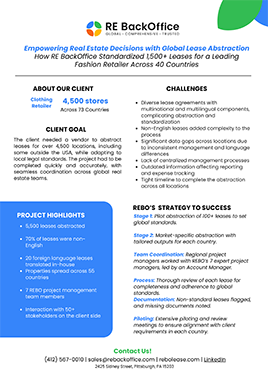
Rent, the fundamental aspect of lease agreements, intricately defines the financial obligations between tenants and landlords over a specified period. However, the landscape of rent within lease contracts is rich with complexity, comprising various types, mechanisms, and considerations that significantly influence the dynamics of real estate transactions. In this extensive exploration, we embark on a detailed journey through the nuances of rent dynamics, unraveling its intricacies, calculation methods, arbitration clauses, and offsets to provide a comprehensive understanding for stakeholders in the realm of property leasing.
Types of Rent
Flat Rent:
Flat rent, within the context of a lease agreement, denotes a fixed payment structure that remains unchanged throughout the duration of the lease term. This means that regardless of any fluctuations in the rental market or changes in external factors, the amount agreed upon as rent remains consistent from the commencement of the lease until its expiration.
In a lease agreement, flat rent offers both tenants and landlords a sense of stability and predictability. For tenants, it ensures that their housing expenses remain constant throughout the lease term, allowing for easier budgeting and financial planning. This predictability is particularly advantageous for individuals or families with fixed incomes or strict financial constraints, as they can anticipate their monthly expenses without the risk of unexpected increases in rent.
From the landlord's perspective, flat rent provides assurance of a steady income stream over the duration of the lease. By establishing a fixed rental amount, landlords can forecast their rental earnings with greater accuracy, facilitating their own financial planning and property management decisions. Additionally, flat rent can simplify administrative tasks associated with rent collection, as there is no need to adjust rental amounts periodically or negotiate changes with tenants.
The specific amount of flat rent agreed upon in a lease contract is typically determined through negotiation between the landlord and tenant, taking into account factors such as the property's location, size, condition, amenities, and prevailing market rates. Once agreed upon, this fixed rental amount is documented in the lease agreement and remains binding for the entire lease term, providing both parties with clarity and certainty regarding their respective financial obligations.
Rent Escalations
Rent escalations in lease agreements introduce a level of adaptability that allows for adjustments to rental amounts over time, ensuring that the lease remains equitable for both landlords and tenants amidst changing market conditions, inflation, and property valuations. Within the framework of rent escalations, three primary mechanisms are commonly utilized:
Fixed Increase:
Under the fixed increase mechanism, landlords and tenants agree upon a predetermined rate of escalation, typically expressed as a percentage or fixed dollar amount, which dictates annual adjustments to the rent. This negotiated rate ensures that rental incomes align with economic growth and maintain profitability over the lease term. By establishing a fixed increase, both parties have clarity regarding future rental adjustments, facilitating long-term financial planning and budgeting.
Consumer Price Index (CPI):
Linking rent adjustments to the Consumer Price Index (CPI) serves as a safeguard against the erosive effects of inflation on rental incomes. The CPI reflects changes in the cost of living over time, providing an objective measure of inflationary pressures. By tying rental increases to changes in the CPI, landlords protect the purchasing power of their rental income, ensuring that it keeps pace with rising living expenses. This mechanism helps preserve the real value and financial viability of the property, benefiting both landlords and tenants by maintaining affordability and sustainability in the leasing arrangement.
Fair Market Value (FMV):
Rent adjustments based on fair market valuations involve periodic assessments of prevailing market conditions, comparable lease transactions, and property attributes. Landlords and tenants collaborate to determine a fair rental rate reflective of current market dynamics, ensuring that the rent remains competitive and aligned with the property's value. This mechanism promotes fairness and transparency in the leasing arrangement, as rental adjustments are based on objective market data rather than predetermined rates or indices. By regularly assessing the fair market value of the property, both parties can adapt to changing market conditions and maintain a mutually beneficial leasing relationship over time.
Each of these mechanisms offers advantages and considerations for landlords and tenants, depending on their specific circumstances and preferences. By incorporating rent escalations into lease agreements, both parties can mitigate risks associated with market volatility, inflation, and property valuations, ensuring the long-term sustainability and profitability of the leasing arrangement.
Rent Calculation Examples
To elucidate the practical application of various rent escalation mechanisms, consider the following scenarios:
Fixed Increase:
Suppose a lease incorporates a 10% annual rent escalation. In such a scenario, an initial rent of $20,000 would escalate to $22,000 in the second year, ensuring consistent revenue growth and aligning rental incomes with economic trends.
CPI Adjustment:
Assuming a 3.5% CPI increase, a $20,000 initial rent would rise to $20,700 in the second year, reflecting inflationary pressures and preserving the property's real value over time.
FMV Evaluation:
Rent adjustments based on fair market valuations entail comparative analyses of similar properties and recent lease transactions. Through meticulous assessment, landlords and tenants ensure that rental rates remain competitive and reflective of prevailing market conditions.
Rent dynamics within lease agreements embody a tapestry of economic principles, legal frameworks, and contractual obligations, shaping the financial landscape of real estate transactions. From flat rents to escalations tied to market indices or fair market valuations, the multifaceted nature of rent arrangements underscores the importance of collaboration, transparency, and adaptability in lease negotiations. By comprehensively understanding rent dynamics, stakeholders can navigate lease agreements adeptly, fostering equitable and mutually beneficial arrangements conducive to long-term prosperity and sustainability in the real estate sector.


